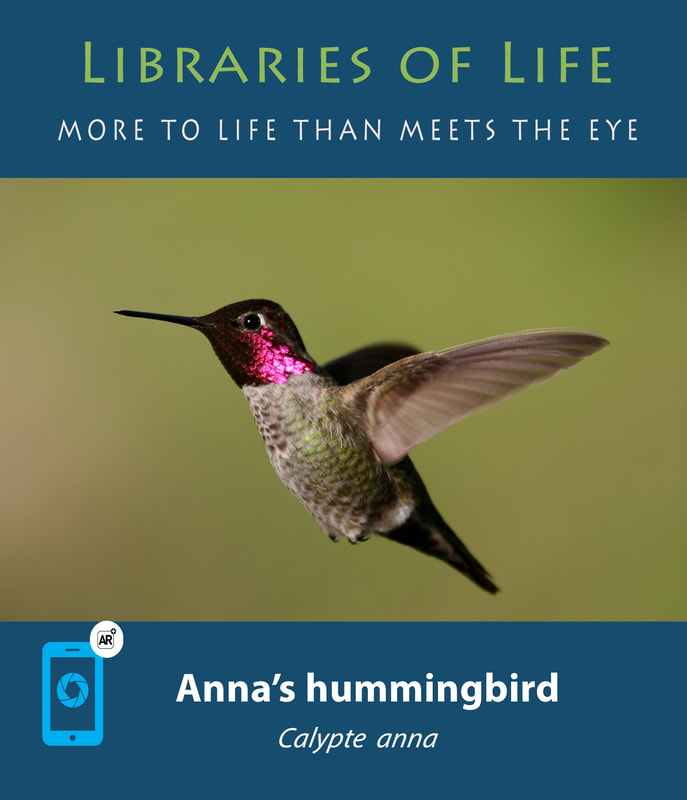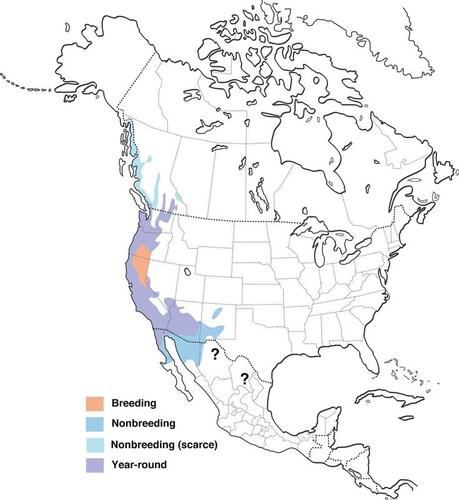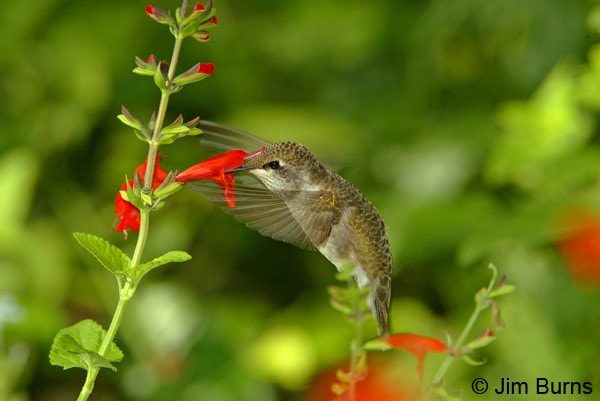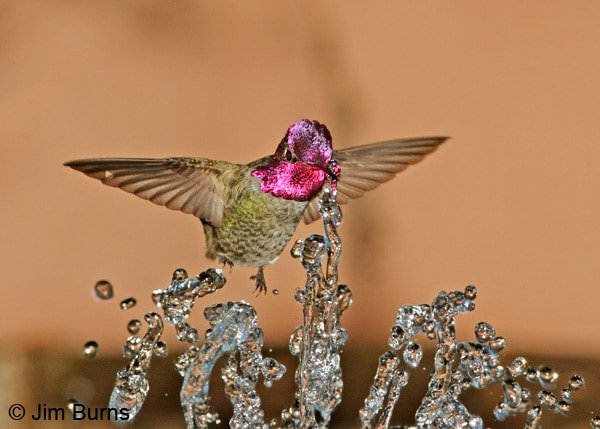Anna's Hummingbird: Did you know?
|
Click link to download card
Calypte anna |
Anna’s hummingbirds are medium in size compared to other hummers. They are about 4 inches in length. It is one of the most common hummingbirds in Arizona. The bird has a bronzed-greenish back and a pale grey chest and stomach. Males are especially showy, with a brilliant pink/red throat patch and crown.
Anna’s hummingbirds tend to be permanent residents and are highly territorial at feeders and flower patches. Anna’s are attracted to long tubular flowers that are yellow, orange, pink and especially red in color. To bring hummingbirds to your yard you can do several things.
Click here to see plants that attract hummingbirds! |
Video credit: Mick Thompson
Distribution map: https://www.allaboutbirds.org/guide/Annas_Hummingbird/maps-range
Video credit: Mick Thompson
Distribution map: https://www.allaboutbirds.org/guide/Annas_Hummingbird/maps-range




